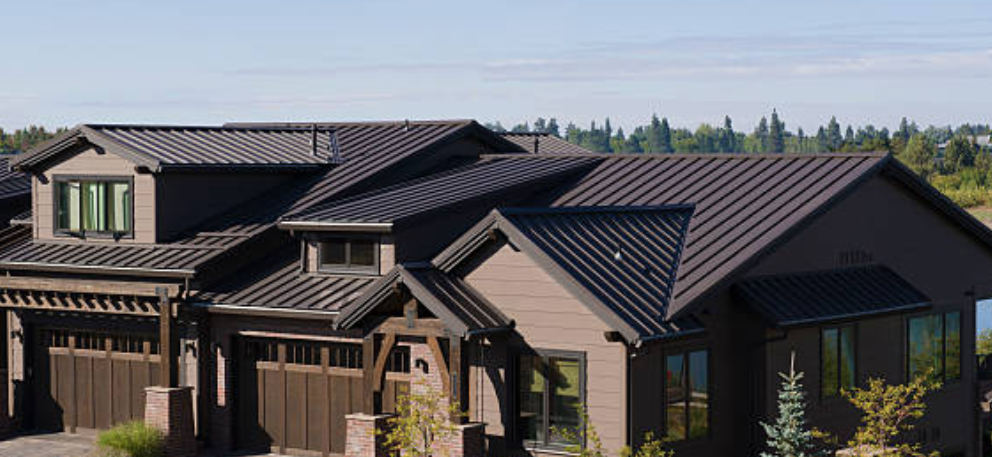Step 1: Gather Your Tools
Before you start measuring, make sure you have the following tools:
- Measuring tape (at least 25 feet long)
- Ladder (if applicable)
- Pencil and paper for notes
- Calculator
- Safety gear (gloves, hard hat, etc.)
Step 2: Determine Roof Type
Identify the type of roof you have (gabled, hipped, flat, etc.), as this will influence the measurement process. Each roof type has different characteristics that need to be considered during measurement.
Step 3: Measure the Roof Length and Width
- Measure the Length:
- Start at the peak of the roof and measure straight down to the eave (the edge of the roof).
- If your roof has multiple sections, measure each section individually.
- Measure the Width:
- Measure the width of the roof from the eave to the peak across the span of the roof.
- For gabled roofs, measure the width on both sides.
Step 4: Calculate the Total Roof Area
- Formula for Area:
- For a rectangular roof: Area = Length x Width
- For a gabled roof: Area = (Length x Width) x 2 (because it has two slopes)
- For a hipped roof: Area = Length x Width (for the main part) + Area of the triangular ends.
Step 5: Account for Roof Pitch
- Determine the Roof Pitch:
- Roof pitch is the ratio of the vertical rise to the horizontal run. Common pitches are expressed as a ratio, such as 4:12 (4 inches of rise for every 12 inches of run).
- If you have a steep pitch, you may need to use a pitch multiplier to adjust your area calculation.
- Calculate Adjusted Area:
- Use a pitch multiplier based on the pitch. For example, if your pitch is 4:12, the multiplier is approximately 1.083. Multiply the area calculated in Step 4 by this multiplier.
Step 6: Measure for Additional Features
- Identify Features:
- Take note of any features that will affect your metal roofing panels, such as chimneys, vents, or skylights.
- Measure and Subtract:
- Measure the area of these features and subtract them from the total roof area calculated in Step 5.
Step 7: Calculate the Number of Panels Needed
- Determine Panel Size:
- Know the size of the metal roofing panels you plan to use (length and width).
- Calculate Panel Coverage:
- Find out how much area each panel covers. For example, if a panel is 3 feet wide and 12 feet long, it covers 36 square feet.
- Final Calculation:
- Divide the total roof area (after adjustments for features) by the area covered by one panel:
Number of Panels=Total Roof AreaArea per Panel\text{Number of Panels} = \frac{\text{Total Roof Area}}{\text{Area per Panel}}Number of Panels=Area per PanelTotal Roof Area
Step 8: Add a Waste Factor
- To account for cuts, overlaps, and mistakes, it’s a good practice to add a waste factor of around 10% to your total panel count.
Final Number of Panels=Number of Panels×1.10\text{Final Number of Panels} = \text{Number of Panels} \times 1.10Final Number of Panels=Number of Panels×1.10
Step 9: Document Everything
- Write down all your measurements, calculations, and final panel count for reference when purchasing materials.
Conclusion
Accurate measurements are crucial for determining the right quantity of metal roofing panels needed for your project. By following these steps, you can ensure that you have the necessary materials and avoid costly mistakes.




